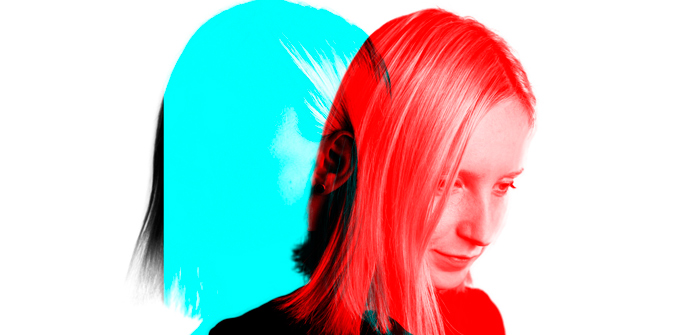Gavin Francis is a writer and doctor working in general practise in Edinburgh. Shapeshifters is his fourth book as he has previously written on his work and travels in the Artic and Antarctic plus case studies on particular parts of the body.
The twenty plus vivid chapters in this book combine detailed medical knowledge with case studies from his own practise. Some of the topics he considers are puberty and raging hormones; the difficulties of pregnancy – both wanted and unwanted; anorexia – subtitled The Enchantment of Control: hallucinations; and finally, death.
The book begins with a series of six quotes relating to change and transformation ranging from Ovid: ‘My aim is to sing of the way bodies change. Ceaselessly transforming into other forms’ (Metamorphoses c.8 CE) to Marina Warner: ‘Metamorphosis governs natural phenomena…reflects the shifting character of knowledge and attitudes to the human’ (Ovidian Metamorphosis in Contemporary Art 2009). He signals the vast sweep of interest in these changes over eons by referring back to writers such as Ovid and with references to fiction, myth and poetry.
Francis is interested in how we humans develop, grow, change and decline and in the detail of how the electrical, biochemical and psychological functions of the mind and body work or, in many instances, don’t work. Concern with how we feel and how that is changed through illness, accident or age is a fundamental part of being human. We are embodied beings and are far more than the collection of symptoms we may feel.
There is a wonderful chapter called Gender: The Two Lives of Tiresias. The myth of Tiresias concerns a young man who is instantly transformed into a woman when he kills the female of a pair of mating snakes –themselves considered an ill omen and a symbol of bisexuality. After seven years as a woman Tiresias again sees mating snakes and on killing the male snake is transformed back to a man.
Fluidity in gender identity, any ‘sharing of essential characteristics and [being] capable of changing sides’ which had existed through such Greek myths and into the Middle Ages was negated by the rigidity of the ‘rationality’ of the Enlightenment and western medicine struggled with such ambiguity (page 147).
Francis writes sympathetically of the dilemma of parents whose child is born with ‘ambiguous genitalia’, as it was described in a medical text. After tests, it was clear the child, Sam, was a true hermaphrodite with both male and female sex organs but the idea of raising the child as neither gender was not considered as a possibility in the 1990s. Her mother decided to raise her as a girl.
While still a difficult issue, the author writes of the greater understanding and medical assistance available to those with such issues. We read of the long transition of Tarik to Teresa in transforming gender dysphoria into euphoria with her new body and gender identity. In this instance, the author makes clear it is not just the outward appearance of what a person considers the ‘right’ gender for them but rather an entire world of feelings and search for understanding.
In these case studies, Francis conveys his understanding for his patients and the complexity of their issues. His insights into the human condition and how our bodies can transform to repair or restore, as well as letting us down is profound, as is his final chapter on our final transformation in death.
Reviewed by Jan Kershaw
Rating out of 10: 10
Distributed by: Allen & Unwin
Released: June 2018
RRP: $32.99 hardcover





















